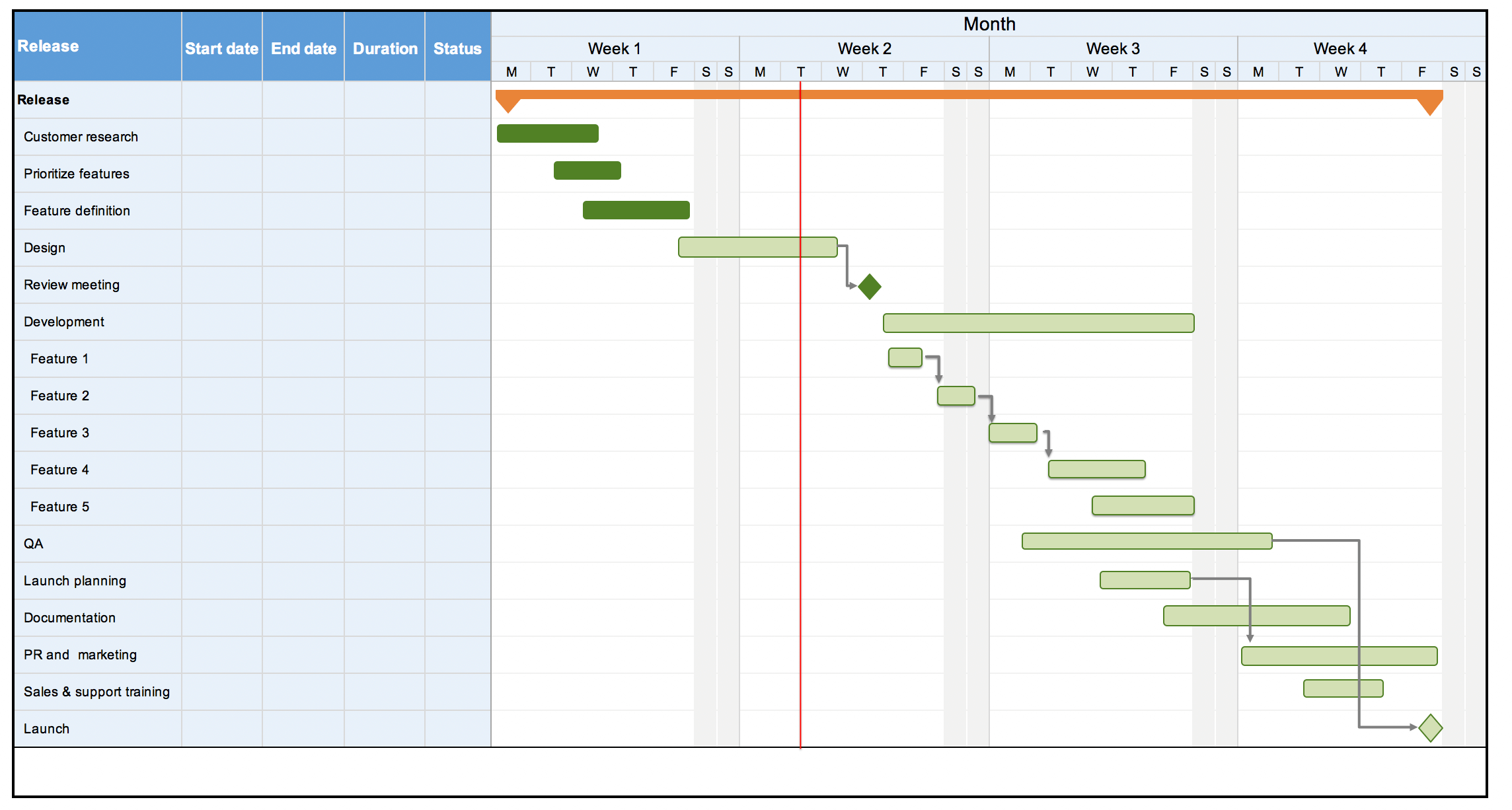


Sure, there are countless other Microsoft Project alternatives with matching efficacy, but Jira still stands out as the ultimate agile alternative to MS Project. Most importantly, you can customize the platform using a plethora of third-party apps on the Atlassian Marketplace to cater to your team and project needs. You can customize the software’s settings to send out real-time notifications to team members and stakeholders once the project reaches a certain milestone. Jira’s built-in automation also makes for a productive and collaborative workflow. Which means you only plan and assign work to your teams based on their commitment and capacity in a sprint (1- to 2-week work). With Jira, instead of betting all your chips on an end-to-end project life cycle, you can work on your projects using an incremental model through sprint planning. Hence, it’s the best software for agile teams that are looking to improve the quality of project deliverables via close collaboration with stakeholders. Being a tool that is strongly rooted within agile software development frameworks, Jira perfectly encapsulates the four values of the agile manifesto. One of the software that offers most of the integral features of MS Project is Atlassian’s Jira. We took our own advice and narrow down we did! Microsoft Project doesn’t offer that flexibility, which is why teams begin looking for alternatives that support agile project management. This predicament is amplified in projects that require iterative cycles between stakeholders.Īs teams look to become agile, they want to be able to see and update the plan to take a more collaborative approach to development. And for an agile team, this lack of collaboration is bound to cause frustrations and delays. This means that information is frequently out of date, and teams have limited input on the work they own. The project manager owns the plan and oversees project updates. One of the primary reasons nascent agile teams move away from MS Project is that it takes a top-down approach to project management. Built for the waterfall approach to project management, Microsoft Project works wonders for linear projects, whereby teams need to complete one task before they can proceed to the next one.īut Microsoft Project’s boon is also its bane. In addition to planning and scheduling projects, the Gantt chart tool also makes monitoring progress against a baseline a breeze. With its intuitive planning and scheduling capabilities, MS Project is in a league of its own. Developed as part of the Microsoft Office Suite, Microsoft Project is a powerful project management solution with best-in-class Gantt chart features.


 0 kommentar(er)
0 kommentar(er)
